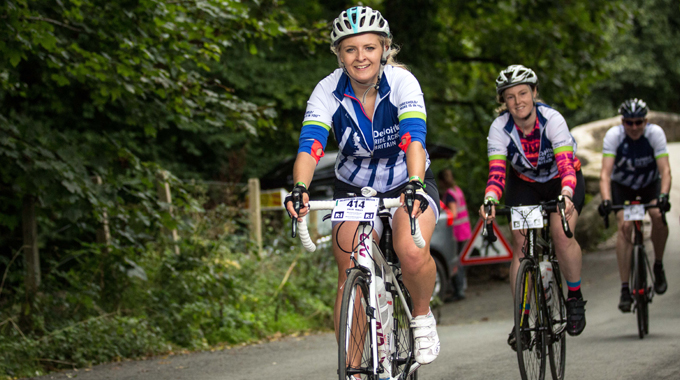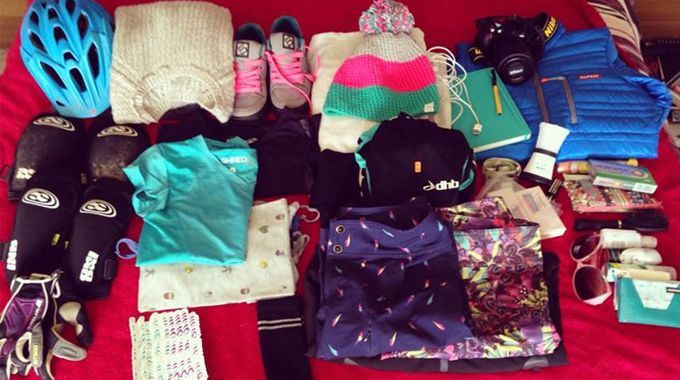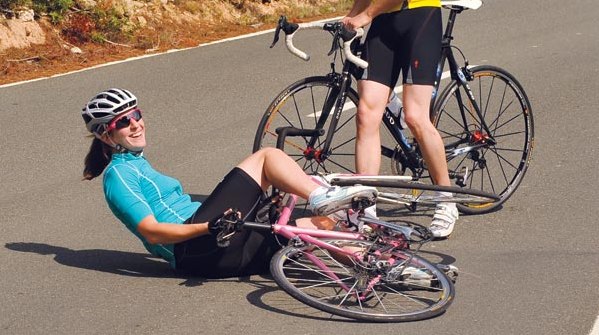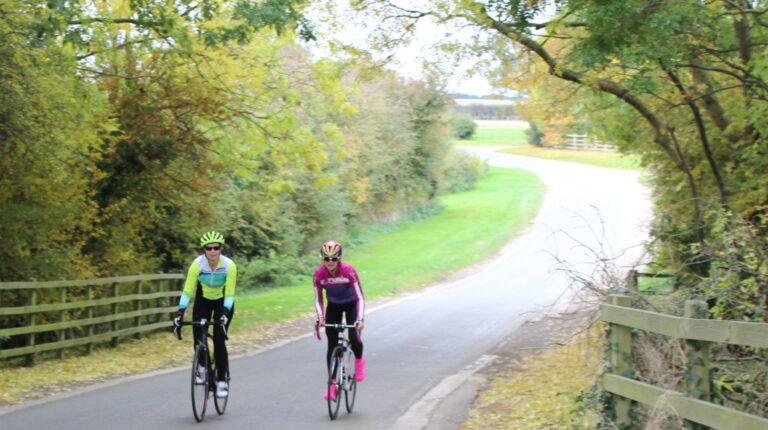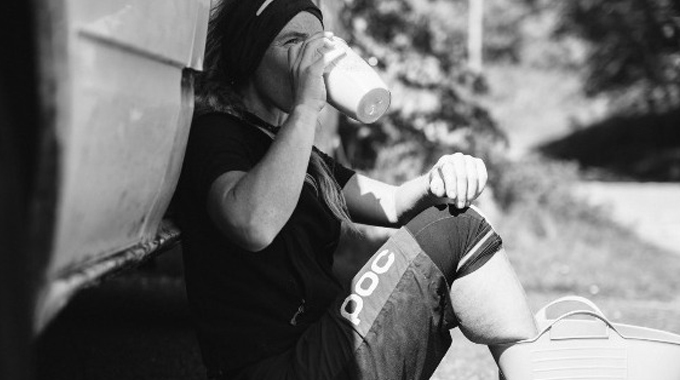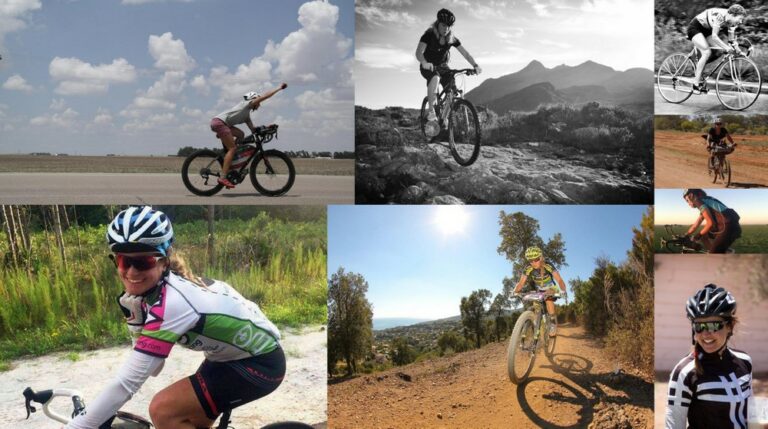Words by Laura Laker
Emily Chappell is on a mission. Fresh from winning this year’s TransContinental (TCR) race, and with a cycling book, What Goes Around, out earlier this year, she’s now determined to get more women into ultra-endurance cycling.
Last week, a talk was held at Rapha in Central London, specifically aimed at women and ultra-endurance cycling. It turned out her mission may be easier than anticipated.
Chappell was joined by Laura Scott, Shusanah Pillinger, Rose McGovern, Jasmijn Mullerand. With 100 or so women – and a few men – crammed onto stools and standing around the edges of the room, the talk began.
“I thought we’d have 10 around a table, we had 100 and a waiting list, we could have shifted 25 or even 50 more,” Chappell said.
Whether Audax events, touring, or challenges like the TransContinental (McGovern and Chappell),RAAM (Pillinger) 12 hour races (Jasmijn Muller), there’s a lot of options out there. However, as with other areas of cycling, women’s participation is significantly lower than men.
So what is stopping women from getting out there?
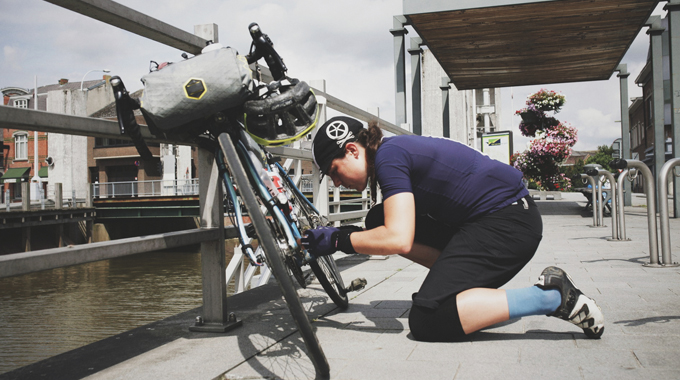
“People often ask: ‘What’s the worst thing that has ever happened to you?’ and I don’t have a response” – Emily Chappell
TWC caught up with Emily Chappell before the event. This, she says, is an issue she could talk about all day, but safety is something a lot of women ask her about.
“Everyone has heard ‘it’s very dangerous for a woman’, so it becomes part of your mental landscape,” she says. “When you pick that apart, you think: what could go wrong? You know how to fix a puncture, you know how the world works; it’s a very vague fear of going outside of your comfort zone.”
Emily talks us through some of the main barriers that women face when heading out on long endurance rides.


